AMD unveils new Vision notebook platform
AMD will stop talking about processors as it looks to compete with Intel in the mainstream.

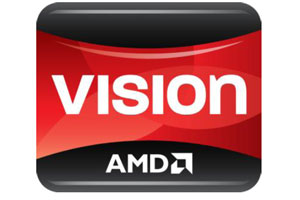
AMD has unveiled it's new Vision' notebook platform as it looks to compete with rival Intel in laptops, in a move that it declared could "change the game" for the company.
As part of its new direction, AMD's vice president of marketing Leslie Soban said in a conference call that the company would no longer talk about specifications and processors in its marketing messages and would instead focus on usage.
Soban said that 60 per cent of consumers are looking for a laptop that gives the best visual experience for their budget, and that the processor names did not tell them how to get that.
"We're going to stop talking about processors for mainstream consumers... the specs will still be there, but we won't lead with them," she said.
Despite all the hype about netbooks, Soban stated that sales of normal laptops weren't dying out. "The bulk of the market is still in 14-, 15-, and 16-inch notebooks. Mainstream notebooks are still very important," she said.
Soban also revealed that AMD would be leaning heavily on the launch of Windows 7 to generate interest in its new notebooks.
The new platform will be available in three flavours - Vision, Vision Premium, Vision Ultimate - using the tags of See', Share' and Create', for each variant.
Sign up today and you will receive a free copy of our Future Focus 2025 report - the leading guidance on AI, cybersecurity and other IT challenges as per 700+ senior executives
Notebooks using Vision would have to feature an Athlon X2 and HD3200 as minimum. Vision Premium would require an Athlon II dual-core or Turion X2 processor with HD3200 or HD4200 graphics, while Vision Ultimate would require a Turion II dual-core and Radeon HD4650 combination.
The ultra-thin' laptops with a 13.3-inch screen that were thinner than one-inch thick would use an Athlon Neo X2 process and HD 3200 or HD 4330 graphics as a minimum.
Vision Premium, along with Vision Ultimate, would also be found on laptops featuring 17in screens, and DirectX 10.1 capable graphics for gaming and image creation.
Soband said that Vision Premium notebooks could transcode three times as much video per battery charge than Intel-based equivalents, while offering 45 minutes longer battery life.
Other specific features were High-DPI support for Windows 7, available via AMD's ATI Catalyst driver, and acceleration for DirectWrite and Cleartype.
On the video side, Vision Premium offers enhanced video contrast modes, and enhanced DVD upscaling. The platform could also support dual-stream picture-in-picture payback known on blu-ray as Bonus View'.
Soban also said it would be increasing battery life using its Fusion Utility for Mobility tool, which can turn off background tasks. She said this was originally aimed at gamers but would be very useful for mainstream and business users.
Soban also confirmed that AMD would be bringing its Vision platform to its desktop machines next year.
Benny Har-Even is a twenty-year stalwart of technology journalism who is passionate about all areas of the industry, but telecoms and mobile and home entertainment are among his chief interests. He has written for many of the leading tech publications in the UK, such as PC Pro and Wired, and previously held the position of technology editor at ITPro before regularly contributing as a freelancer.
Known affectionately as a ‘geek’ to his friends, his passion has seen him land opportunities to speak about technology on BBC television broadcasts, as well as a number of speaking engagements at industry events.
-
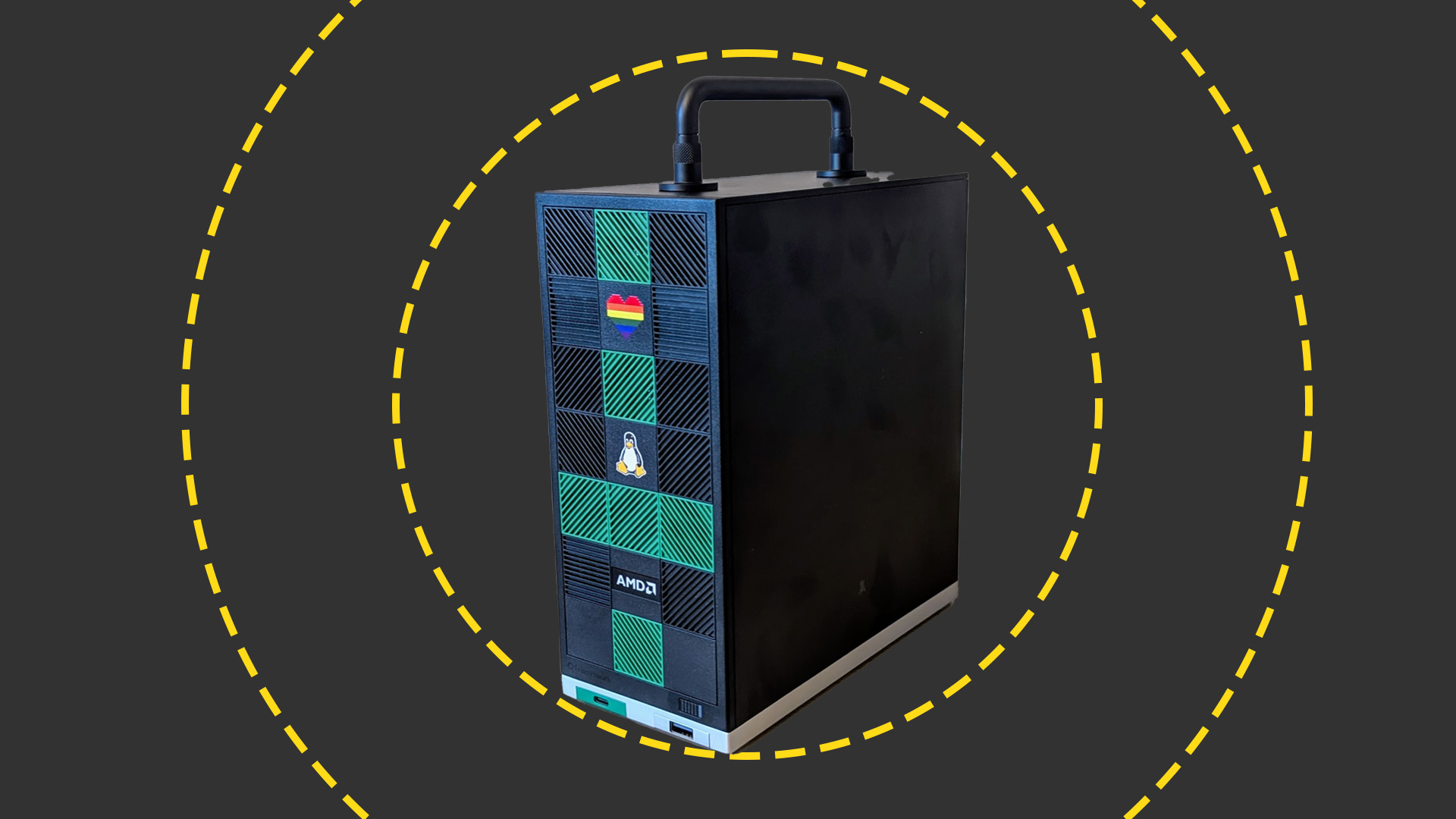 Framework Desktop review: Modular design and ferocious AMD performance
Framework Desktop review: Modular design and ferocious AMD performanceReviews AMD's Ryzen Max CPUs debut in Framework's impressive modular self-build small-form desktop PC
-
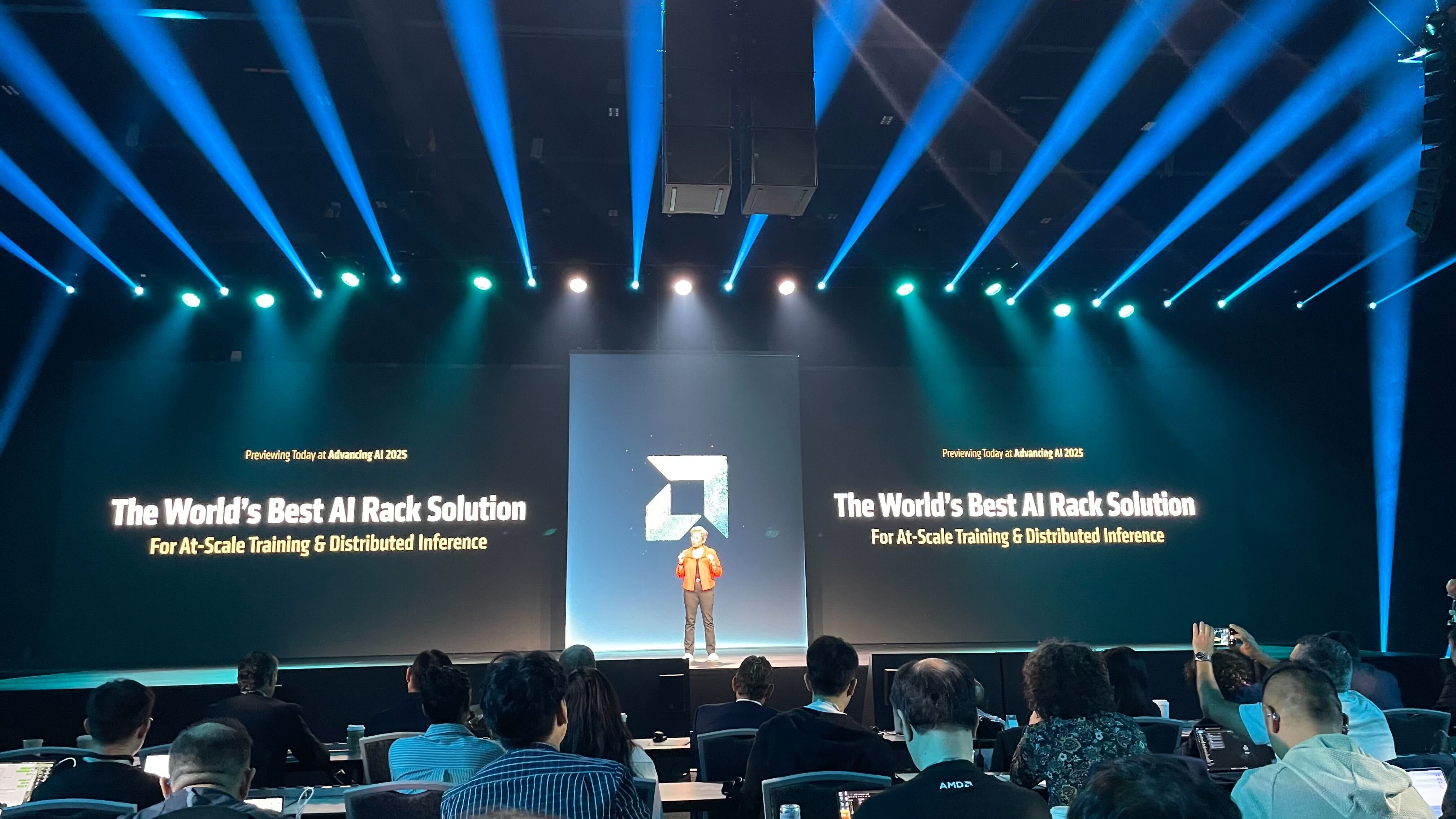 AMD chief exec Lisa Su says its new Helios AI rack is a 'game changer' for enterprises ramping up inference – here's why
AMD chief exec Lisa Su says its new Helios AI rack is a 'game changer' for enterprises ramping up inference – here's whyNews The integrated hardware offering will feature upcoming AMD chips and networking cards
-
 AMD Advancing AI 2025: All the latest news and updates from San Jose
AMD Advancing AI 2025: All the latest news and updates from San JoseFollow all the news and updates live from AMD's latest Advancing AI conference
-
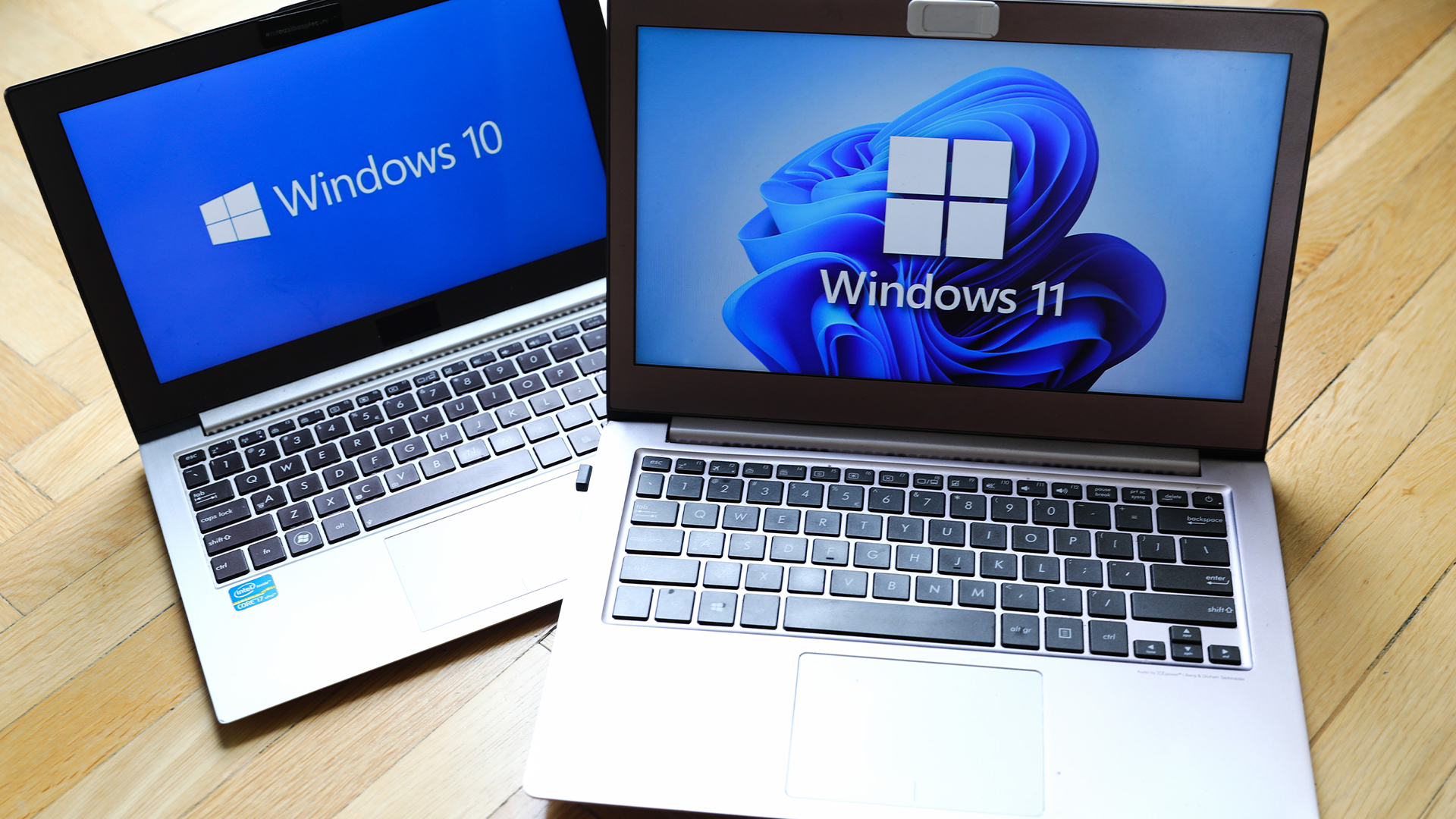 What enterprises need to be Windows 11 ready
What enterprises need to be Windows 11 readySupported Hardware purchasing will play a key role in delivering success during the Windows 11 migration rush
-
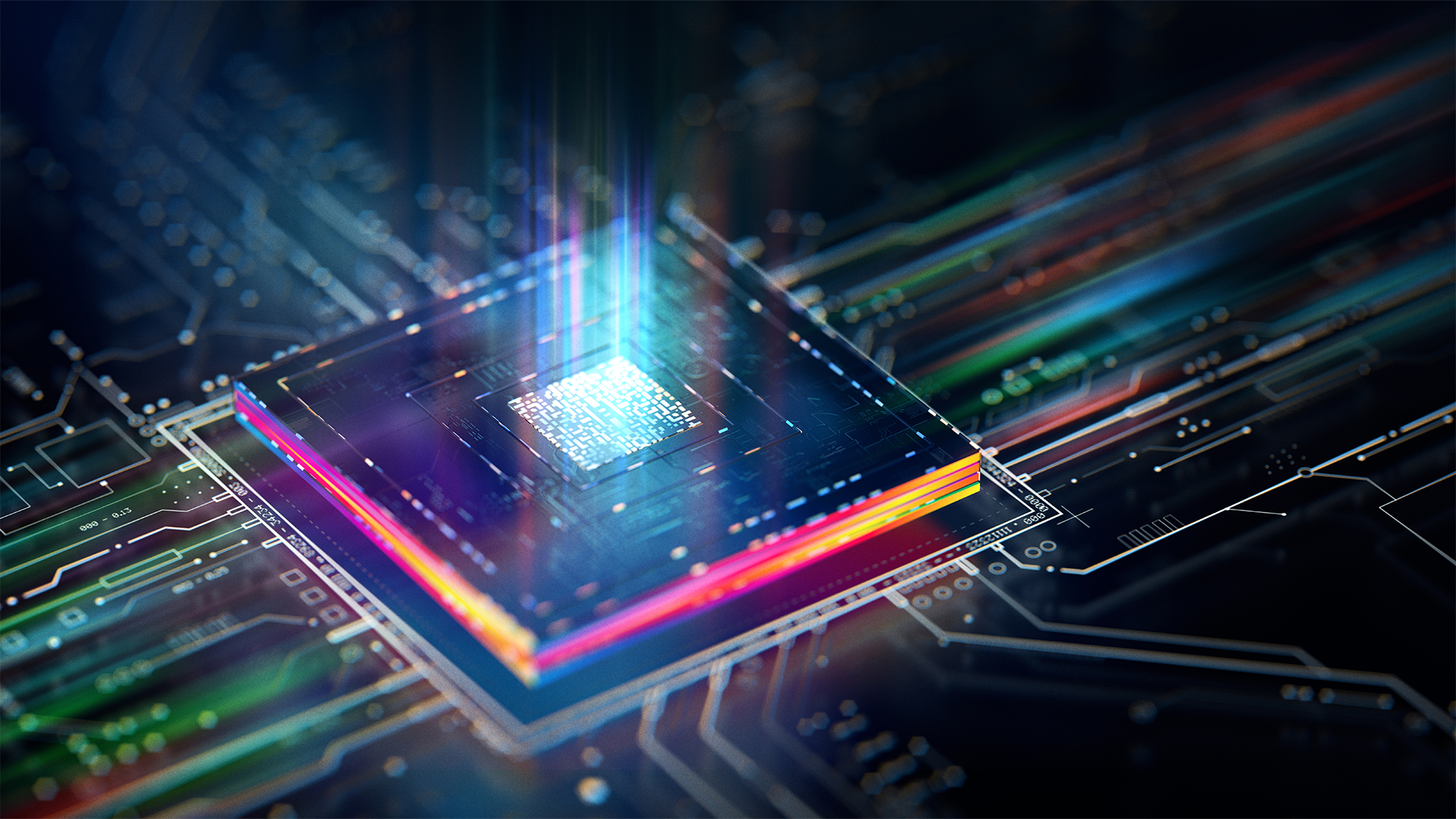 Why the CPU you chose is the key to Windows 11
Why the CPU you chose is the key to Windows 11Supported The end of Windows 10 is on the horizon – it’s time to upgrade to an fTPM-protected processor
-
 AMD and Intel’s new x86 advisory group looks to tackle Arm, but will it succeed?
AMD and Intel’s new x86 advisory group looks to tackle Arm, but will it succeed?News The pair will look to make x86 CPU architecture more interoperable
-
 AMD’s patient roadmap has become a highway to success
AMD’s patient roadmap has become a highway to successAnalysis While everyone was focused on Nvidia’s meteoric rise, AMD was preparing the hardware needed to take the fight to its long-time competitor
-
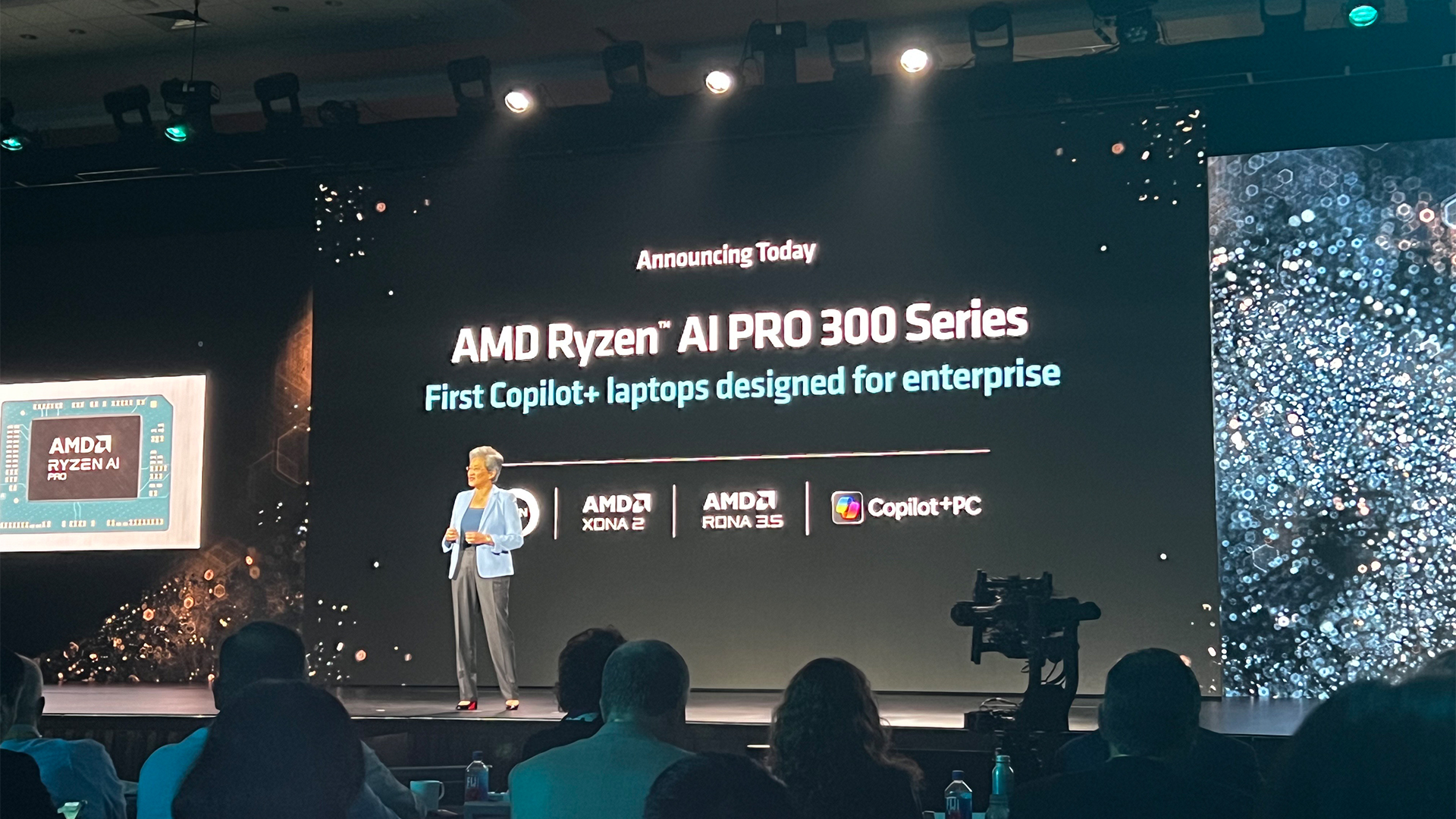 AMD just made a big statement in the AI PC race with its Ryzen AI Pro 300 series processors
AMD just made a big statement in the AI PC race with its Ryzen AI Pro 300 series processorsNews With all eyes focused on the AI PC craze, AMD looks to one-up the competition


